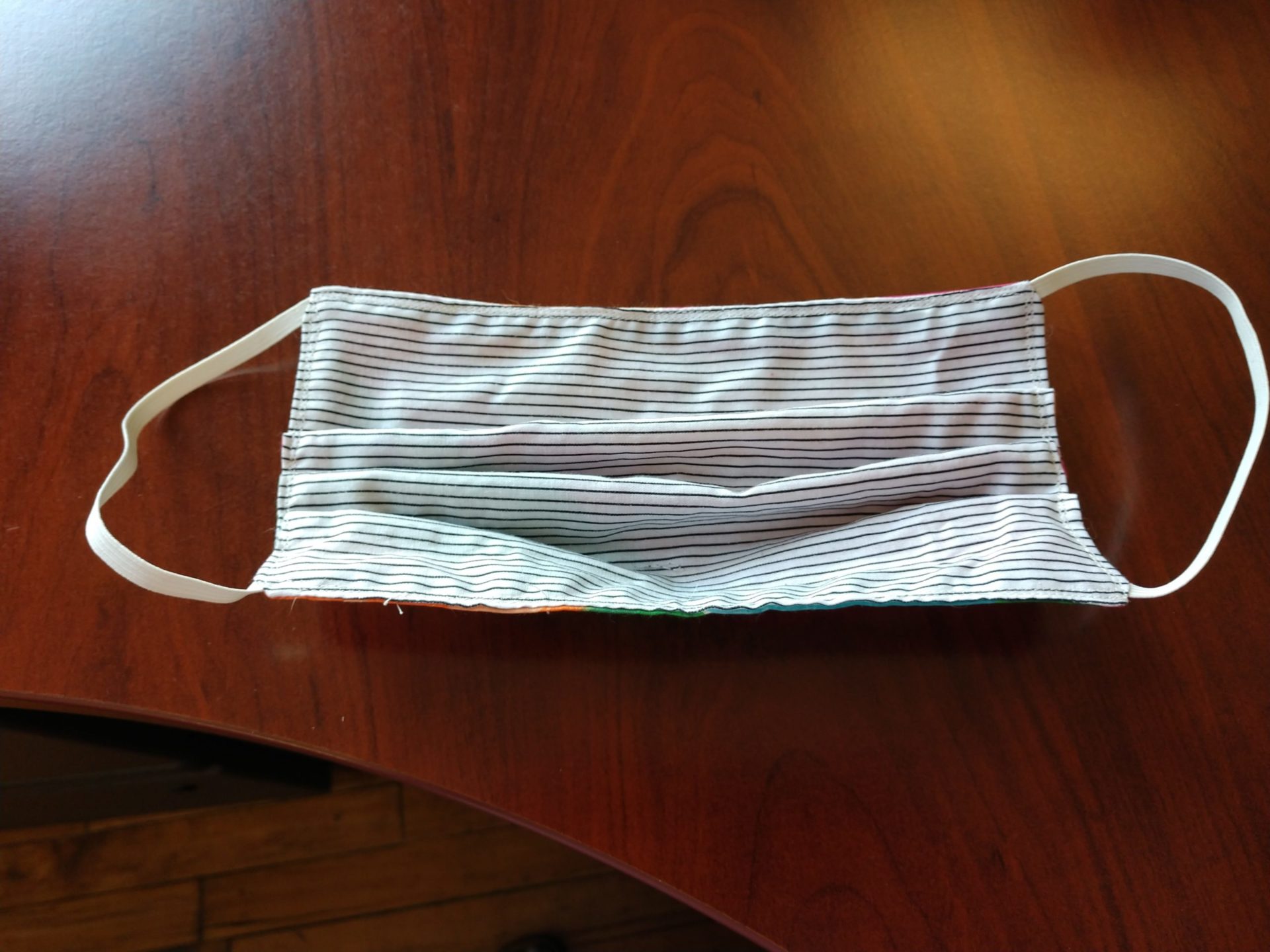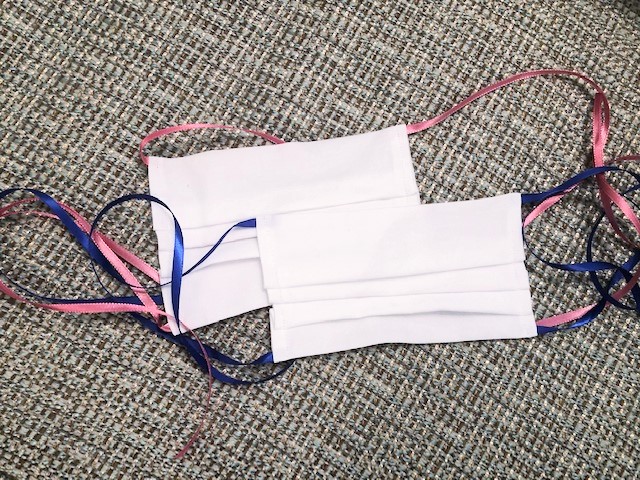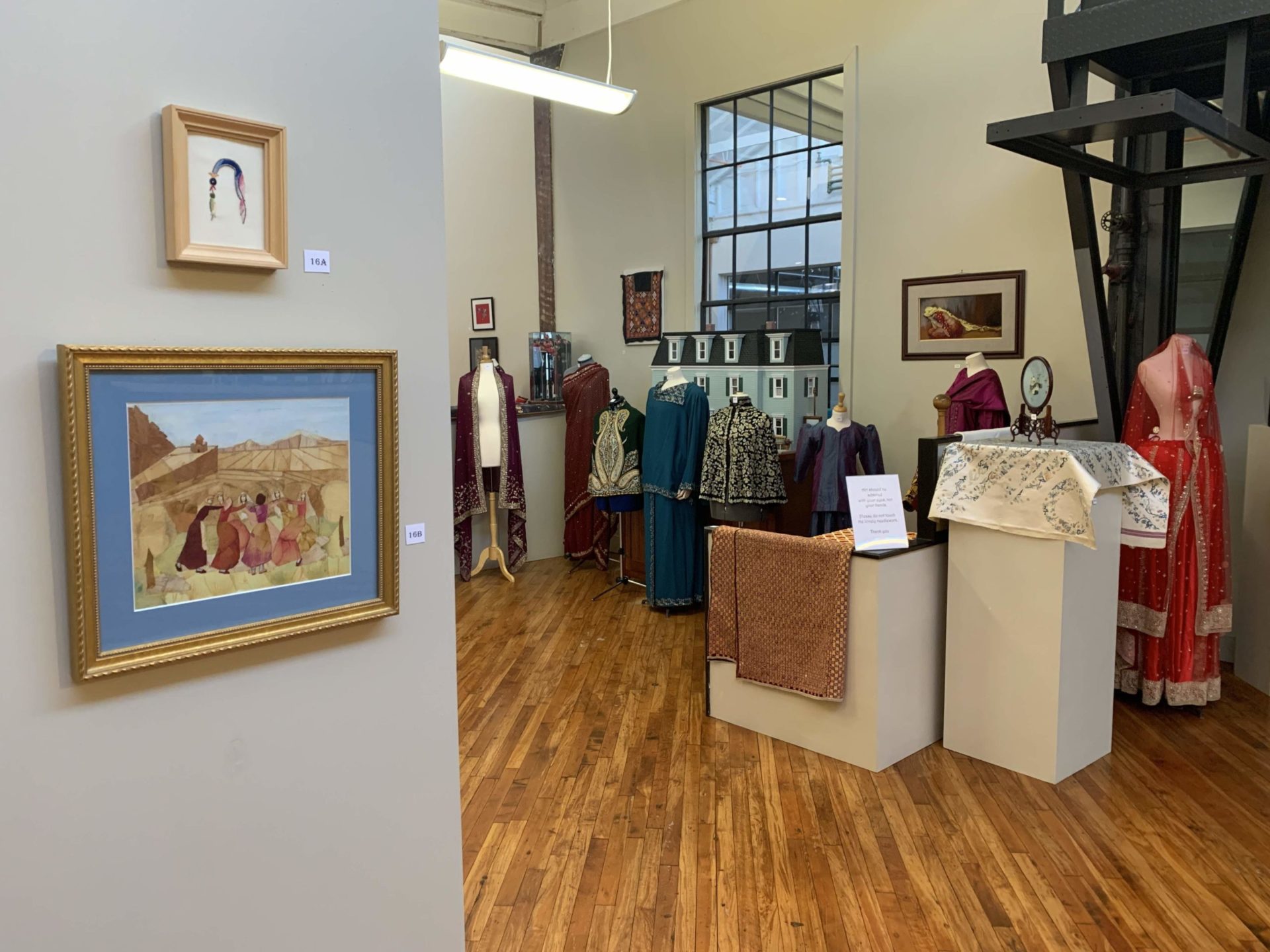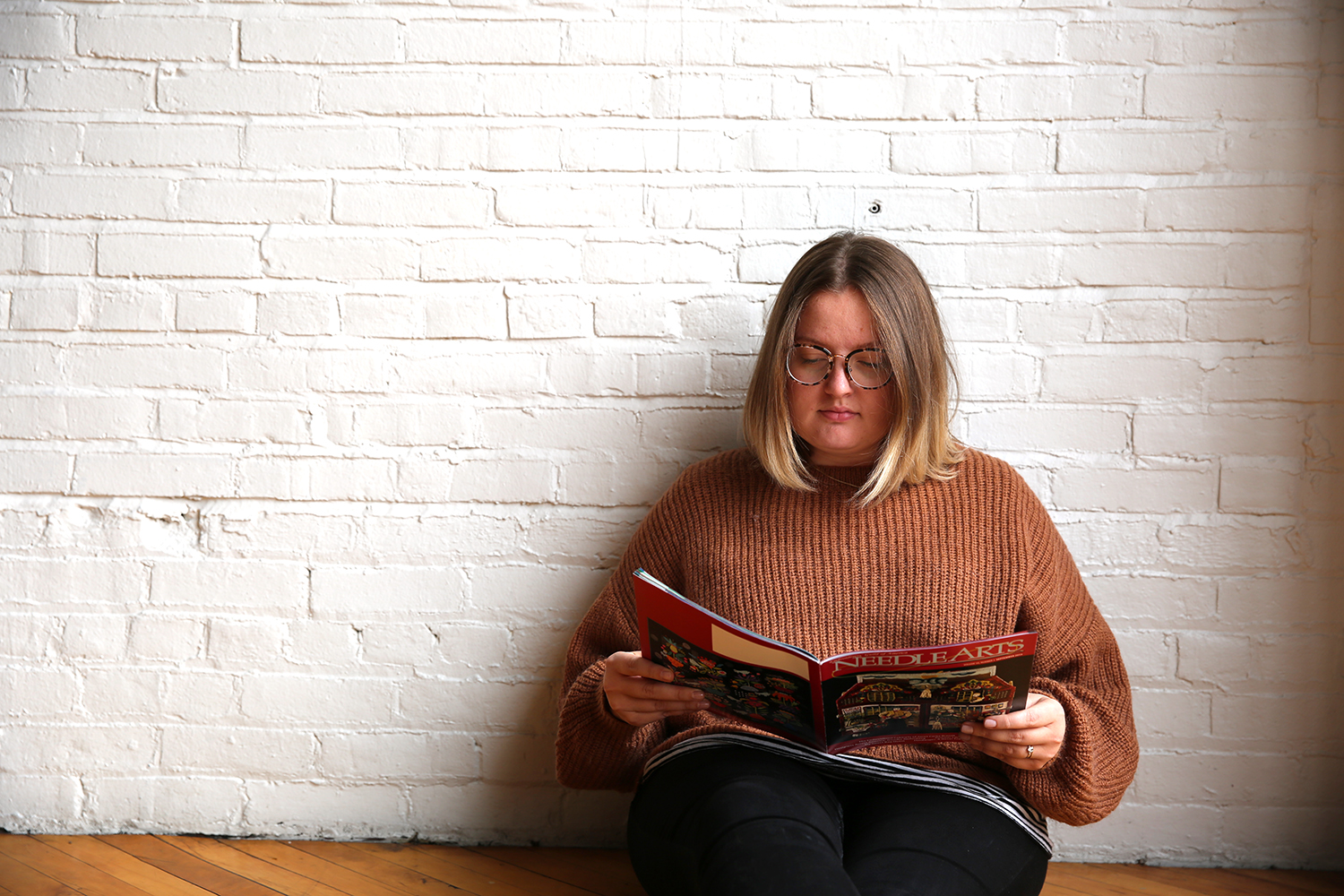Knitting balaclavas and socks during World War I. Planting Victory Gardens during World War II. During times of war, people took up these activities to feel they were doing something to contribute to the war effort. With what’s happening with COVID-19, it feels like we are in a world war right now and may want to use our skill and creativity to contribute also.
Now that the Center for Disease Control has officially endorsed the value of home-made masks for personal (i.e., non-medical-health-care users) protection from Coronavirus, you may want to take up your needles and threads as a Stuck at Home, But Stitching project that can help you, your families, and your communities.
There are many sites on the internet now providing how-to instructions on creating masks or face coverings; here is an example:
• Cut two square or rectangular pieces of 100% cotton fabric that are equally sized (measure your face to see how wide/long you need them to be).
• Place the two layers of fabric one on top of the other. If you’re working with patterns, face the right sides together (i.e., wrong-sides out).
• Place 2 strips of elastic or 4 ties (i.e., ribbon(used in the photo above), seam tape, thin strips of fabric, etc.) in between the layers and pin them into the corners. Place the raw edge of the elastic/tie in line with the raw edge of the fabric layers; make sure each elastic/tie lies BETWEEN the 2 layers of fabric. For elastics, pin one at each end so it creates a loop on each side. For ties, pin one piece at each corner. Sew the two long sides of the fabric rectangles together.
• Turn the mask right-sides out and press the short raw edges inward.
• Make three pleats lengthwise on the mask, as if folding a paper fan. Then sew the short sides together; this will make a rectangular mask.
Do NOT make masks for medical facilities UNLESS a specific medical facility says they will accept them to augment their ‘official’ surgical or N95 face masks. And remember, this does not preclude the need for social distancing or hand-washing or not-touching-eyes.
Janet Noble, EGA President
Other examples:







